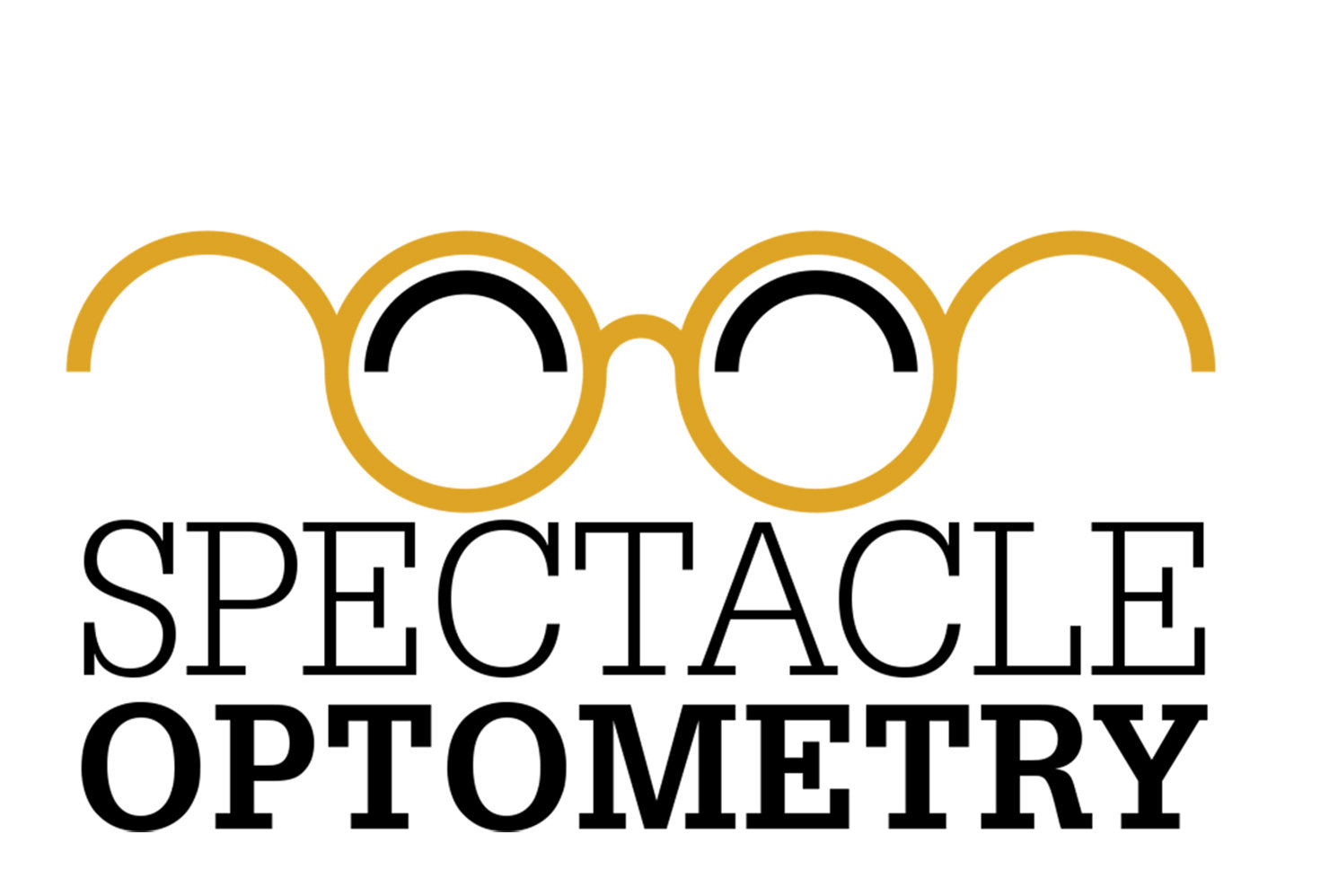SIRENS AND FLASHING LIGHTS
I’ve read about retinal detachments in school and even diagnosed them in patients myself, but up until now it often played out like I was just reading an operation manual… “As you can see here by this little funky area of your retinal photo, you have a retinal detachment, Mr. Smith. I’m sending you to the retinal specialist, Dr. You, to be seen ASAP. This is a time-sensitive manner. He’ll lay out the options for you and take care of your retinal detachment. You’re in good hands.” Then a little bit later, I’d receive a progress report that our patient did very well, and all is great. Seems a bit robotic, doesn’t it? Now on the other side of the lens as a patient, I could see all these things that I tell patients play out as I directed, but also some I did not expect.
My story actually begins back at the end of July, just a few short days after Spectacle Optometry had opened it’s doors, and our journey was just beginning. We were headed out to dinner to celebrate an exhausting but exciting first week as business owners. Dr. Bovy was following behind Cooper and me in my car. I happened to be collateral for someone else’s error and ended up head on with a signal pole. My first instinct was to check on our furbaby in the backseat. Luckily, his puppy seatbelt (seriously all fur mommies and daddies, go get one now!) saved his life. I ignored any and all of my symptoms (the difficulty breathing, the wrist pain, and the flashing lights) to make sure I wasn’t making the situation seem worse for the young driver that hit me. A few days later, we decided to use our optomap machine in our office to take a retinal photo of the back of my eye because of some possible floaters/flashes I had seen the night of the accident. But maybe that was just from staring at the sirens? Or maybe I can’t remember it clearly? It was probably nothing, but let’s just check.
August 1: Here is the assumed retinoschisis seen in the upper left of this view.
December 19: This is the concerning area I saw initially on the regular optomap photo.
December 19: This is the retinal detachment in the upper left with eye steering optomap photo.
We saw an area that was not there before that we thought might be retinoschisis, think kind of like a bad window tint job that’s bubbling. It’s a condition that causes a separation of the top layer of the retina with no detachment, usually asymptomatic, and rarely progressive. This was really no major concern as long as that is all it was, and it was monitored closely. We continued to take photos to monitor every few weeks. September… no change. October… no change. November… same story. But in the beginning of December, we saw the smallest little progression of this area. Hmm. I made an appointment for January, after all the hustle and bustle of the holidays, with a retina specialist to just double check it for me.
We started taking the photos more frequently and a little tiny bit of progression occurred each time, but never any detachment or area for concern until December 19th. I took my usual monitoring photo in the morning and was showing a friend of mine who has just started optometry school. I was explaining the retinoschisis condition we thought it was, and then I noticed the smallest little something off to the far side of the image. Dr. Bovy reminded me that our optomap machine also has eye steering photo capabilities, meaning that I could take a photo that would extend my view in any direction to get a better look. I took those in the afternoon, and by then we could see it was already progressing. What we thought was a smaller area or tear was actually a significant sized retinal detachment. The retina is so thin, like cellophane, that once it tears and separates, it continually rolls up on itself. Wherever the retina has separated and detached, there is no vision. Clearly, this is a time-sensitive and urgent matter! So I immediately called Orange County Retina to ask if Dr. You could squeeze me in for an emergency visit that afternoon, and off I went!
See Part 2 for the rest of the story!








